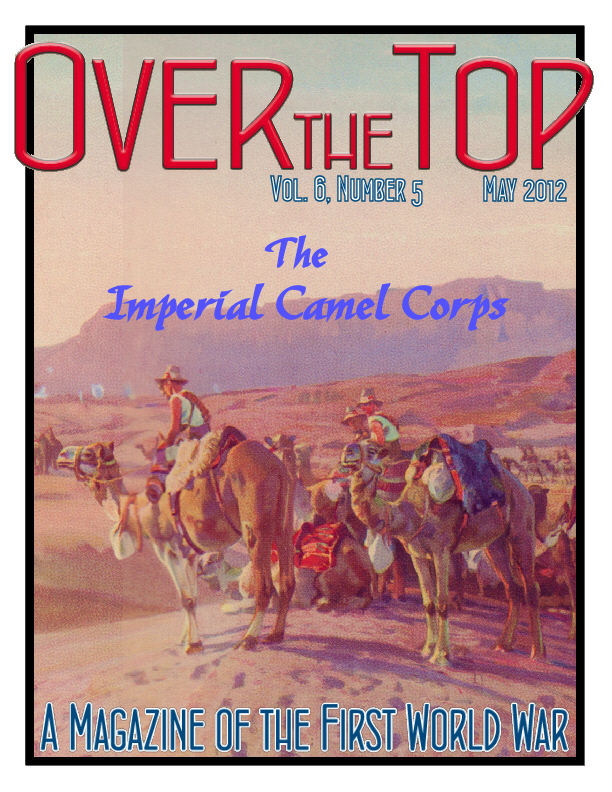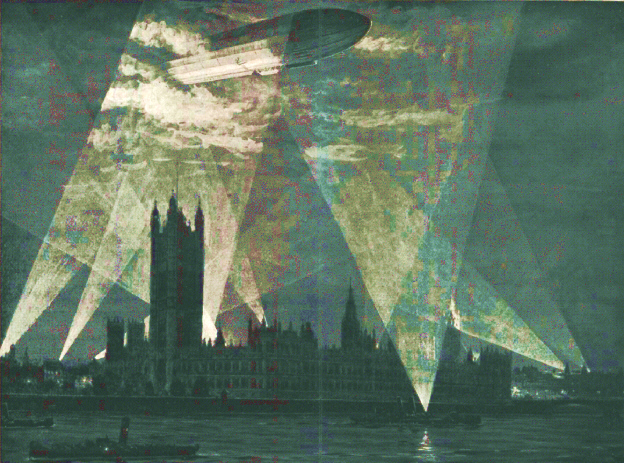


June 1912
Russia's Final War Plan Approved
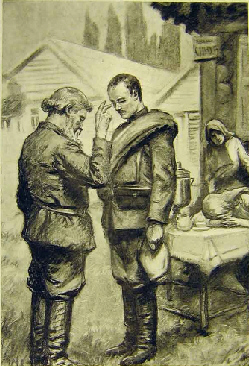
Russian Soldier Leaving
for the Front
|
Officially known as Mobilization Schedule XIX, the plan that the Russian Army implemented in August 1914 is commonly called Plan XIX. The original version was drawn up by the general staff in 1910 and it focused on Germany as the primary enemy, anticipating an invasion out of East Prussia against Russian Poland. The 1910 version, however, was opposed by a number of factions, including those who believed (correctly) that—in the case of war—Germany would focus on France first; and by others who saw that with Austria-Hungary being the weaker of the prospective opponents, a Russian advance into Galicia had a greater potential payoff in terms of expanding the empire.
The ensuing debate led to a modification in Plan XIX—approved by the Tsar in June 1912—giving two mobilization options with a final choice to be made by day nine. Under Option A, the bulk of the forces would be directed against Austria in the southwest, with a much lesser defensive component facing East Prussia. Under Option G, the Army would take a defensive posture against Austria and shift more forces north to face a German onslaught, if that's the way things developed. Option A naturally made the French, who were also correctly assuming they would be the initial targets of the Germans, nervous. They pushed for a more active and earlier advance by the Russians against East Prussia.
In August 1914 Option A was implemented immediately, but with the Russian 1st and 2nd Armies also advancing on the offense against East Prussia and moving more quickly than anyone anticipated. France got the help she needed; the Russians; however, were headed for disaster with the loss of their entire 2nd Army at Tannenberg.
|
TRENCH REPORT: Greetings, Readers, I'll be traveling again to the Western Front battlefields in May, so this issue will have to cover the next two months. If you would like to get some insight as to why this is an important annual ritual for me, please take a look at the latest issue of American Legion Magazine (link). [Thanks to Reader General Tom Jones for sharing this.] It has three articles on the traditions of honoring America's fallen in the Great War. One of the articles features the annual Memorial Day event at Belleau Wood, which I will be attending with my group of 18. The U.S. Marine Corps pulls out all the stops to commemorate their most remembered battle of World War One. The commandant usually shows up with the Marine Corps Band and Silent Drill Team. The French land forces commander also attends with comparable musical and ceremonial troops. I will include photos in the next issue. . .MH
New at Our Own & Our Friends' Great War Websites
Click on Title or Icon to Access
|
News About the World War One Historical Association's Website
The Association's new website has just gone online. The homepage address will be the same: ww1ha.org. This is our first phase of implementation. Everything is accessible, but for a few months you will be running into references to our parent organizations, as we convert their resource files to our new look.
|
Meanwhile, preparations proceed at full-speed for our annual event:
The WW1HA National Seminar
USMC University, Quantico
7-8 Sept. 2012
Contact: Carol Vandenbruhl
email: cvandenbruhl@netscape.net
tel: 248-471-2366
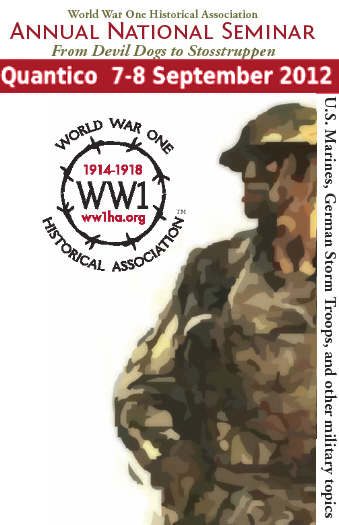
Click on the image above to access full program and registration information.
|
|
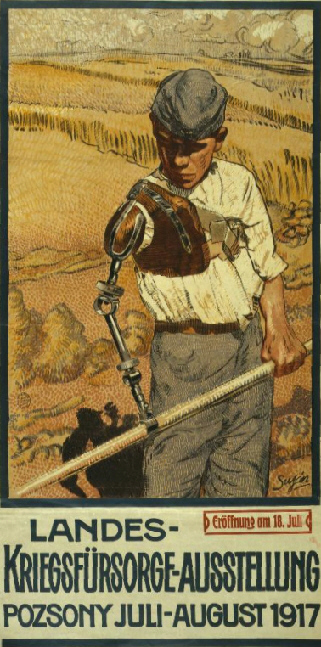
Striking Austro-Hungarian Poster
Translation: "Regional Exhibition of Care for the War Victims, [in] Pozsony, July-August 1917; Opening on 18 July"
This Month's Internet Feature
The Zeebrugge and Ostend Raid of 1918
Intended to neutralize the key Belgian ports of Zeebrugge and Ostend as bases for U-boats, the April 1918 raid was considered a major success at the time. However, it was later concluded they had hindered submarine operations for just a few days. Over 500 casualties, including about 200 killed, were incurred.
Zeebrugge from Wikipedia (Excellent article overall, but read editor's comments on need for citations)
Outstanding Map from Armchair General
Briefer Summary of the Battle from History of War with Excellent Bibliography
28 Photos of the Raid
Admiral Sir Roger Keyes, Architect of the Raid
Despatches on Zeebrugge and First and Second Ostend Raids


Skeptical? Before you make up your mind, read the winner of the 2011 Tomlinson Prize, Sean McMeekin's The Russian Origins of the
First World War.

The [British] government has the whole situation well in hand—naval and military, financial, commercial and social—at least it thinks it has.
Herbert Samuel, President of the Local Business Board, 4 August 1914
|
|
|
Page Two
|
|
|
 A Vacation Time Pleasure
A Vacation Time Pleasure
Visiting World War One Museums
By Editor in Chief Michael Hanlon
On the new Website of the World War One Historical Association we have made it a priority to honor and draw visitors to America's museums that honor the legacy of those who served in the Great War. We have identified over 30 institutions whose collections include significant displays from the period. Click here to visit our list of World War One museums.
These range from the National World War I Museum to specialized presentations like the USAF National Air Museum to local establishments. Most of them are not exclusively dedicated to the First World War but have large or significant holdings from the war. When I vacation away from home, I always explore what might be available in the locality I'm visiting. On a recent trip my partner Donna and I made to Morro Bay and San Luis Obispo, California, we discovered the latest addition to our roster of museums, the California Central Coast Veterans Memorial Museum in San Luis Obispo. Here are some of the outstanding items they display (photos by Donna Wagner):
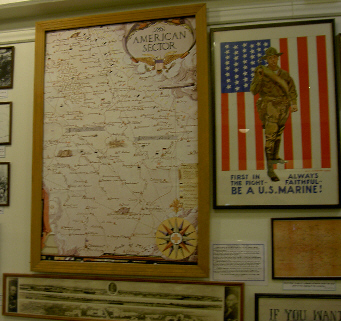
|
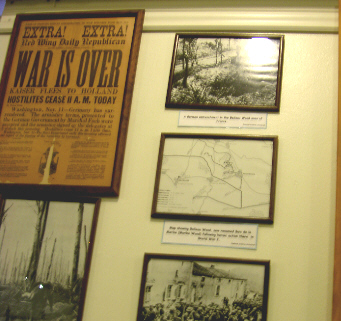
|
|
The first station on the museum's self-guided tour is at a series of World War One kiosks and displays. Above are two of the information panels about the war.
|
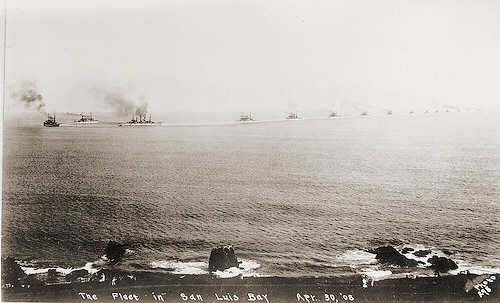
This first station also includes a series of photos on the prewar visit of 16 battleships of the Great White Fleet's visit to the area in April, 1908, during their round-the-world cruise.
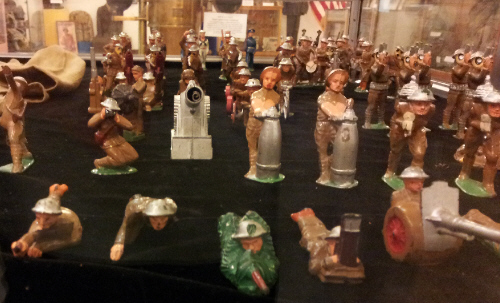
Collectors of miniatures will love the museum's display of Doughboys, weapons, and equipment.
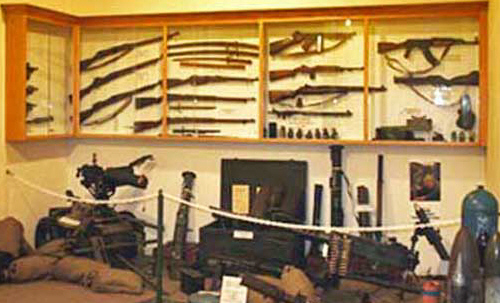
The armory includes a full display of weapons from all of America's wars from the Civil to the 21st century. They are organized by type, so the WWI weapons are intermingled with those of other periods.

|
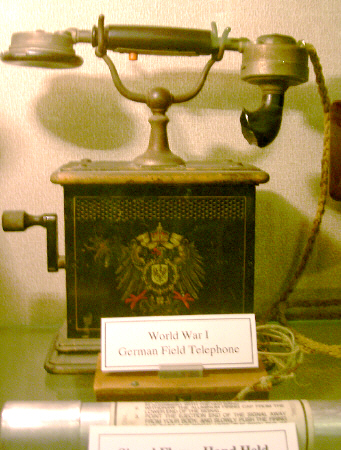
|
|
I've saved two of the gems of the collection for last. On the left is a delicious propaganda piece in the guise of a movie poster for the forgotten "classic" [actually, I've never heard of it] The Kaiser's Finish. Its details include horns on the diabolical kaiser, the sinking of the Lusitania, flags, portraits of Allied generals, and an unidentified super-sized military camp and port facility. The eagle-emblazoned German field telephone was a contribution by one of the docents, who hosted us on our visit.
Find the list of museum websites including the Central Coast Museum here.
|
|
|
|
|
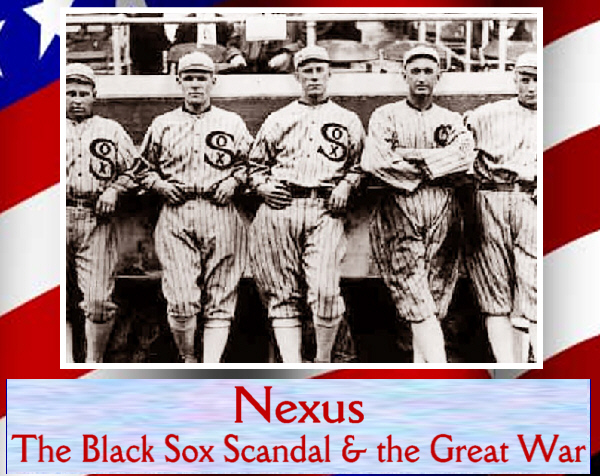
In the 1919 World Series, the Chicago White Sox—considered a much more talented squad—were upset by the Cincinnati Reds, five games to three. Afterward, rumors started to circulate that the series had been thrown. A 1920 criminal trial resulted in an acquittal for eight players, but the Commissioner of Baseball still banned them from the game for life. The "Black Sox" Scandal is still considered the greatest scandal of American sports. While the motives of each of the eight are still murky, it is clear that the players of all the major league teams those days were unhappy with their financial situation. That broad dissatisfaction among the players had its roots in the First World War.
America entered the war in April 1917 and a draft began a few months later. Some of the best players in baseball's major leagues such as Sam Rice, Grover Cleveland Alexander, and Hank Gowdy joined up, but the enthusiasm for serving in the military was not universal. Also, there was some thinking that the national pastime would help keep the country's morale high during wartime. The leagues didn't try to keep their players out of the service, but many of the best players remained on the field. Eventually, the press and fans began asking why players weren't volunteering in larger numbers. On 23 May 1918, Major General Enoch Crowder (the Army's provost marshal, who was in charge of the draft) issued a "work or fight" order, demanding that major league players begin finding war-related work or be ready to be inducted.
Finally, the 1918 major league season was shortened to facilitate the war effort, with the members of the Red Sox and Cubs granted a two-week exemption to play in the World Series. In all, 227 major league players entered the service by the end of the war.
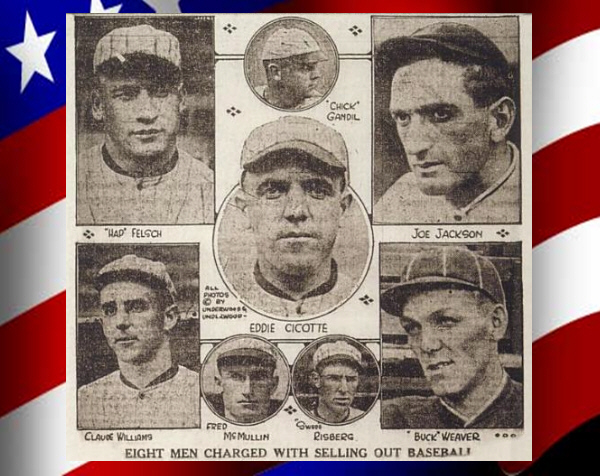
With the 1918 season shortened, the owners decided to save money by releasing all players from their contracts and saving themselves an estimated $200,000 in salary. The players were furious by this move, and when the shortened 1919 season cut into the owners' profits as well, many of the players were given additional pay cuts. Such actions caused some of the players to rebel against owners and set the stage for what happened in the 1919 World Series. A syndicate of gamblers led by Arnold Rothstein, approached a clique of the dissatisfied White Sox players. The fix was agreed upon. In the ball games that followed, the White Sox played poorly at times, with bad throws and fielding errors happening at inopportune moments and a control pitcher walking three batters in a row to lose one of the games. To confuse matters, the Sox apparently won another game they were trying to throw because their pitcher that day wasn't in on the deal. In another case—fearing a double cross by the gamblers—the players tried their best to win, and some of the eight, notably the gifted Joe Jackson, frequently played extremely well for individuals trying to lose. Over the years, however, enough of the players spoke up confirming that there had been a fix, and that the team had truly earned their nickname of the "Black Sox."
Sources: Lost in the Sun by G. Richard McKelvey and
Eight Men Out by Eliot Asinof
|
|

|
World War I Headlines
in the 21st Century
|
|
|
Subscribe to Our Online Magazine
|
|

|
|
Page Three
Special Zeppelin Section
|
|
|

|
Access to In-Depth Articles
The Story of Zeppelin L-11
by José Florez
|
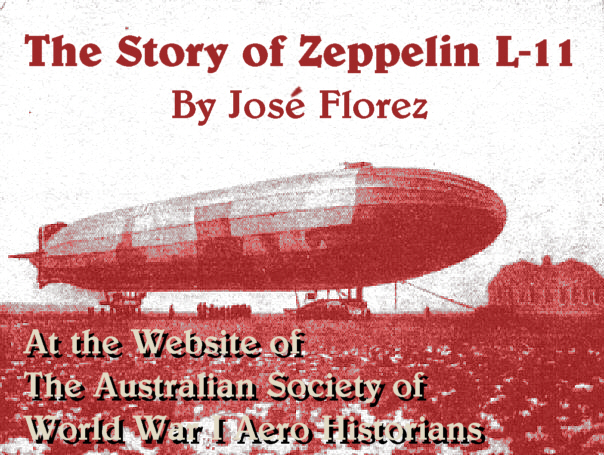
Click on the image to download the 10-page PDF document.
|
Target Paris
Contributed by Steve Suddaby
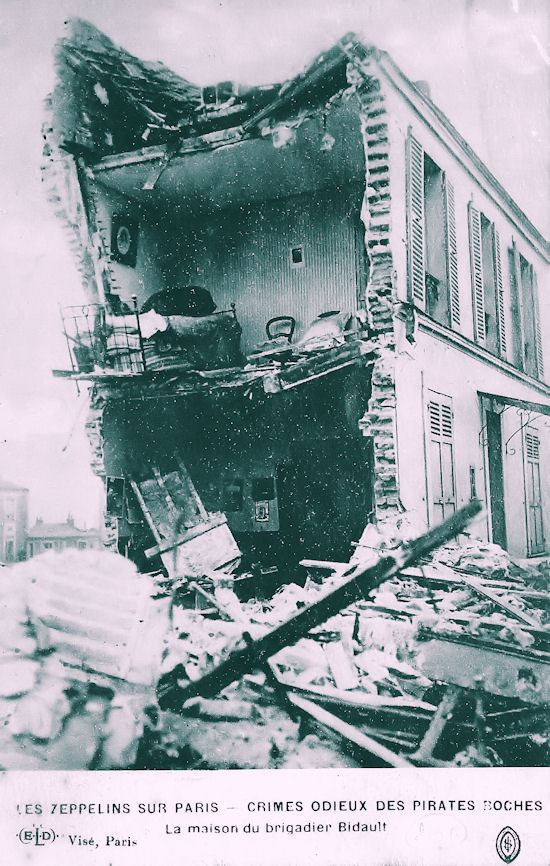
Germany made attacks on Paris all through the war with Zeppelins and airplanes, but these raids were infrequent until 1918. In the last year of the war, there were 31 night raids, resulting in 231 civilians killed and 512 wounded. This bombing effort, like the shelling of the city with The "Paris Gun," was a terror campaign with the intention of getting the French to surrender. Specifically, these attacks on the capital were to put additional pressure on the French government at the same time that the German armies were advancing toward Paris.
Like London, Paris had an extensive air and civil defense system of searchlights, AA guns, aircraft spotters, fighter planes, and even barrage balloons. As with so many other bombing campaigns against civilians, this one did not cause them to break under the pressure.
Image Above: Zeppelin damage to the home of Brigadier Bidault. The caption translates: "Zeppelins over Paris—Odious Crimes of the Boche Pirates."
|
|
|
 |
Biography Needed!
The Full Story of Dr. Malcolm Grow Is Yet to Be Told
By Norman B.Tomlinson, Jr.
|
|

Russian Lt. Colonel |
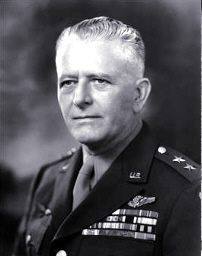
American Major General |
A 1918 book, Surgeon Grow, by Malcolm C. Grow, identified as a
former Lieut. Colonel, Imperial Russian Army Medical Corps, is now available at Amazon.com or can be viewed online at the World War I Document Archive (here).
It is also referenced in the Wikipedia article on USAF Major General Malcolm Grow, one of the few places that connect the American doctor who served in the Imperial Russian Army Medical Corps and the American General of the Second World War and Cold War. Remarkably, it is the same individual.
In Grow's astonishing career he:
Saw active service with the Russian army, in the trenches and on raids in No-Man's-Land, winning praise from the Tsar for coming all the way from America to care for the wounded;
Accompanied a Russian aviator on a flight in a captured German Albatross that whetted his appreciation for flying;
Joined the U.S. Army after the Revolution and served in the occupation of Germany, deciding to become a career military physician;
Participated in the famous U.S. Army Air Corps 1934 roundtrip flight from Washington, DC to Alaska;
Performed groundbreaking work in the protection of flying crews in WWII;
Became the first Surgeon General of the United States Air Force in 1947.
The Malcolm Grow Medical Center at Andrews AFB is named for him. However, no single work in print covers his entire incredible career. The field is now open for a full biography of Grow, surely one of the most interesting people of World War I and II
.
|
|
|
|












